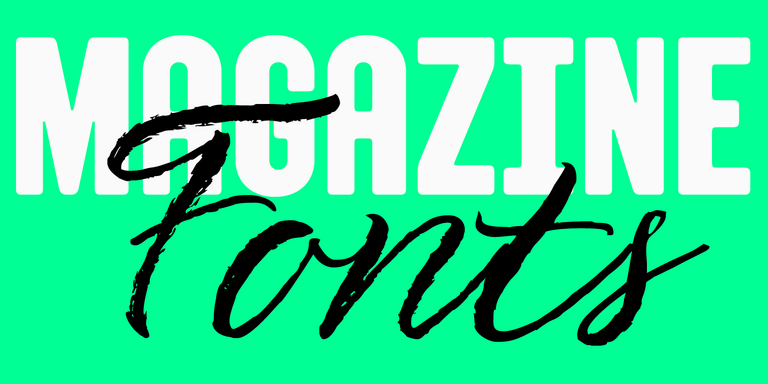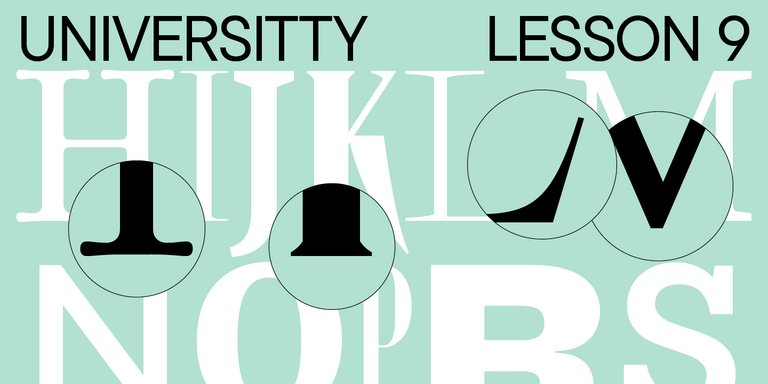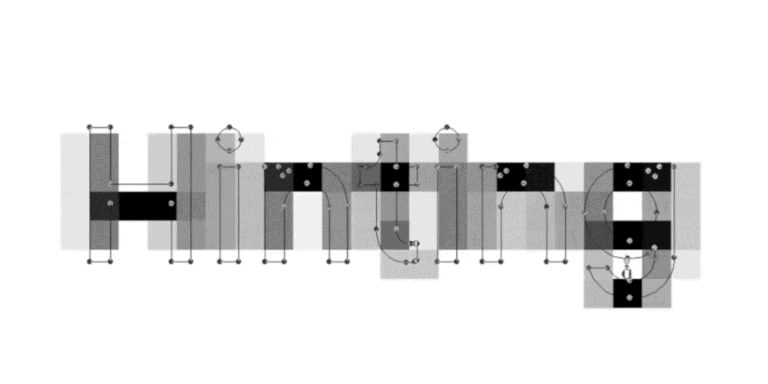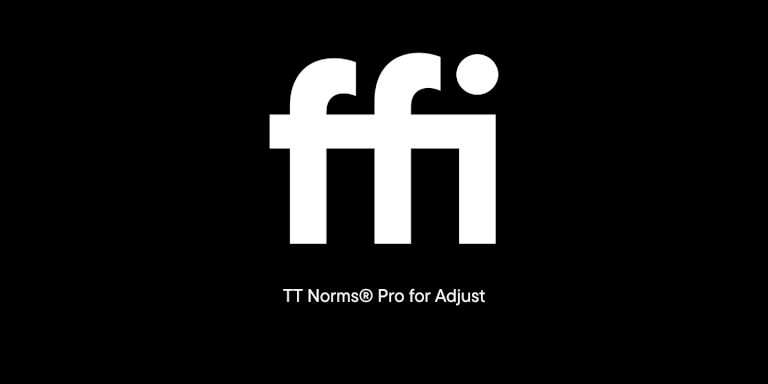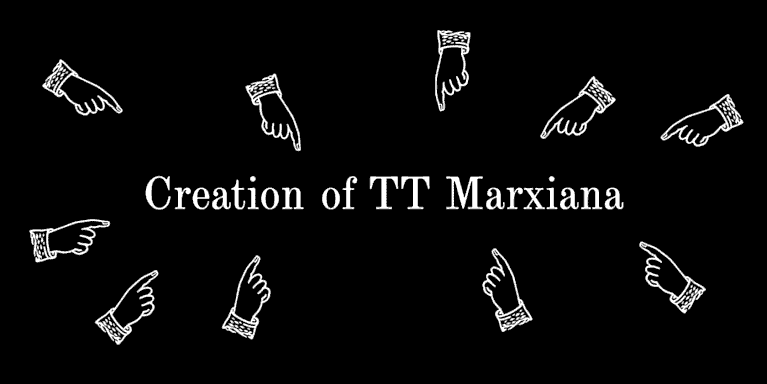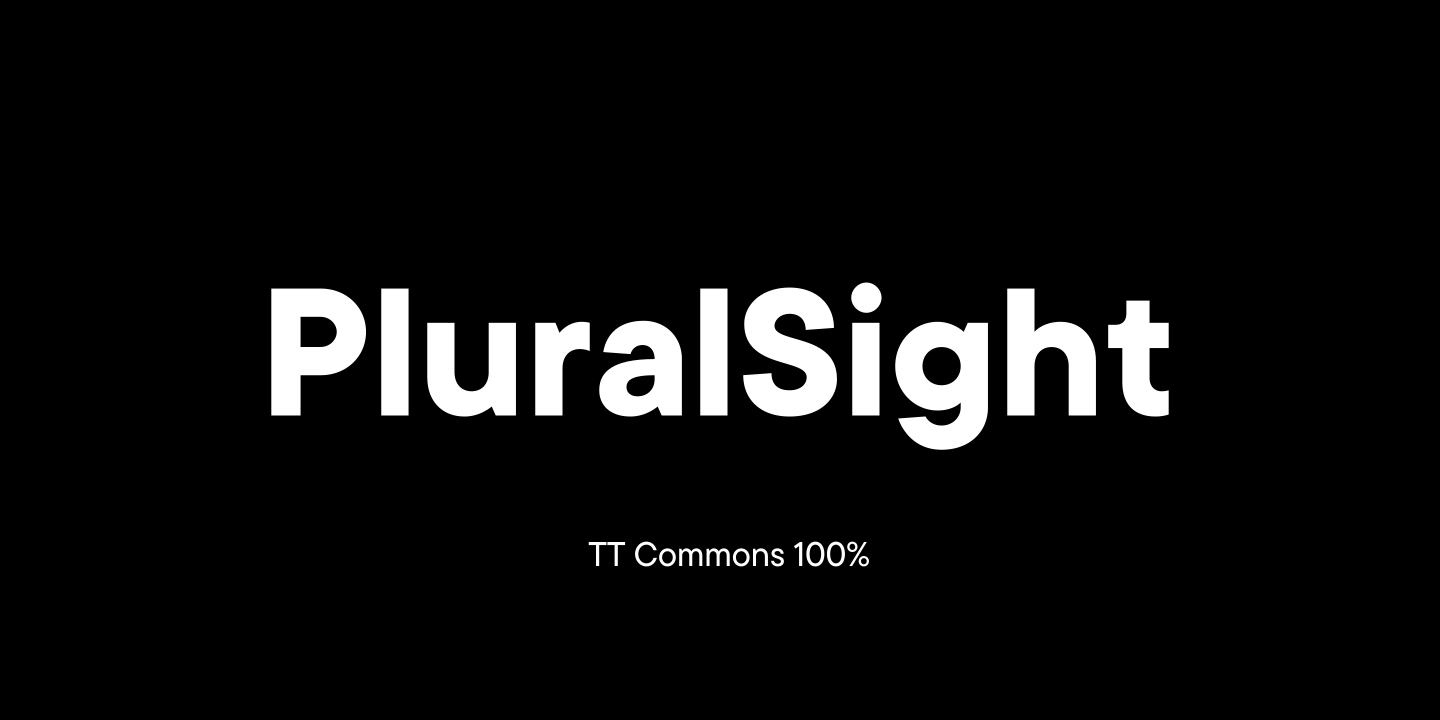
The educational project PluralSight from the USA is created to develop technical skills and make them accessible, understandable and democratic.
PluralSight has asked TypeType for trial versions of the TT Commons™ Classic and TT Interphases fonts to choose a suitable one. They were attracted by TT Commons™ Classic, but the non-standard size of glyphs made the font unsuitable for several directions.
The TypeType team suggested customizing the font so that the company could use an ideal version of TT Commons™ Classic in their projects.
In the discussion, a number of tasks to solve were defined:
- scaling TT Commons™ Classic up to 115%, that is, to increase the size of glyphs;
- changing the Line Height parameter for correct display of enlarged glyphs;
- carrying out manual hinting so that the ways to use TT Commons™ Classic for PluralSight become almost unlimited;
- adding the project logos to the TT Commons™ Classic font files;
- changing the original name of the font to PS TT Commons™ Classic.
Upon approval, TypeType’s designers and technical specialists set off to work.
As a result, we changed the font size parameters and the line height to those that met PluralSight’s demands. Next we carried out manual hinting of the font so that the characters are impeccably displayed in all areas of use.


As a result, we got an updated version of the font called PS TT Commons™ Classic, suitable for use in all PluralSight communications. Regardless of the altered glyph size, the font maintained its neutrality, simplicity and ease of use in different forms.

